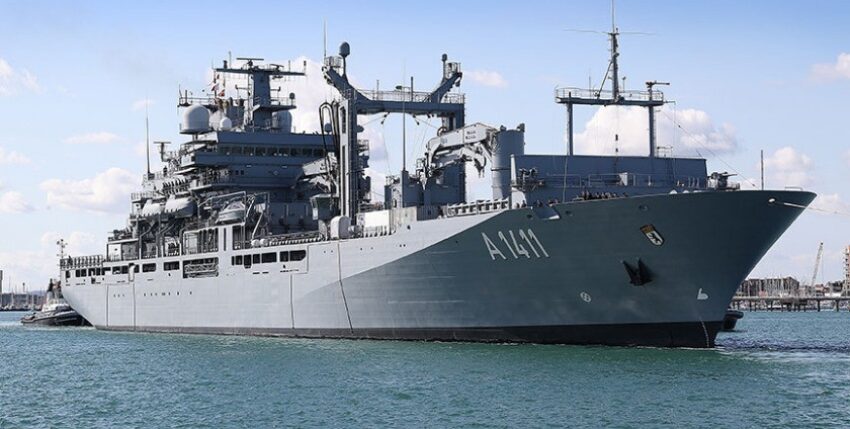A navy that operates not only in its own coastal waters needs modern supply ships. Many older classes around the world are currently being replaced by modern units.
The provision of effective logistical support remains a fundamental prerequisite for the effective conduct of naval operations at sea. Following a period of sluggish procurement in the post-Cold War era, the North American and European navies are currently undertaking extensive programmes to increase their supply ship inventories. The expansion of fleets in the Asia-Pacific region is another important driver for new investments in this segment.
North America
The United States Navy currently operates the world's largest fleet of logistical support ships through the Military Sealift Command. Its most important logistical units can be roughly divided into the 14 LEWIS-AND-CLARK-class dry cargo and ammunition ships (T-AKE-1) and the 15 HENRY J. KAISER-class fuel tankers (T-AO-187). The latter date from the late years of the Cold War. Most of them no longer meet current environmental standards as they do not have double hulls. An extensive programme is therefore currently underway to replace these units with modern ships.
Access?
- Access to all articles from the marineforum magazine
- Easy payment via PayPal, direct debit or credit card
- The subscription can be cancelled at any time free of charge
- Free of charge for MOV members










